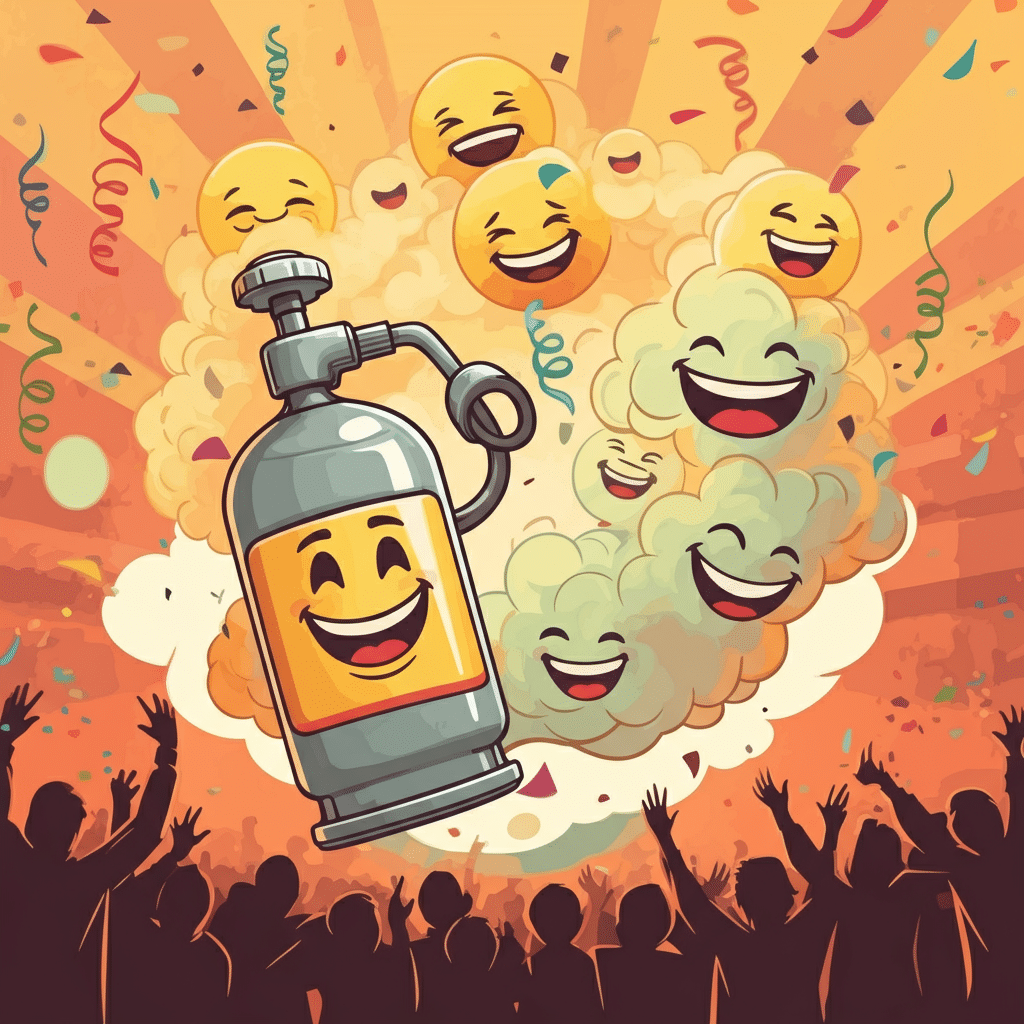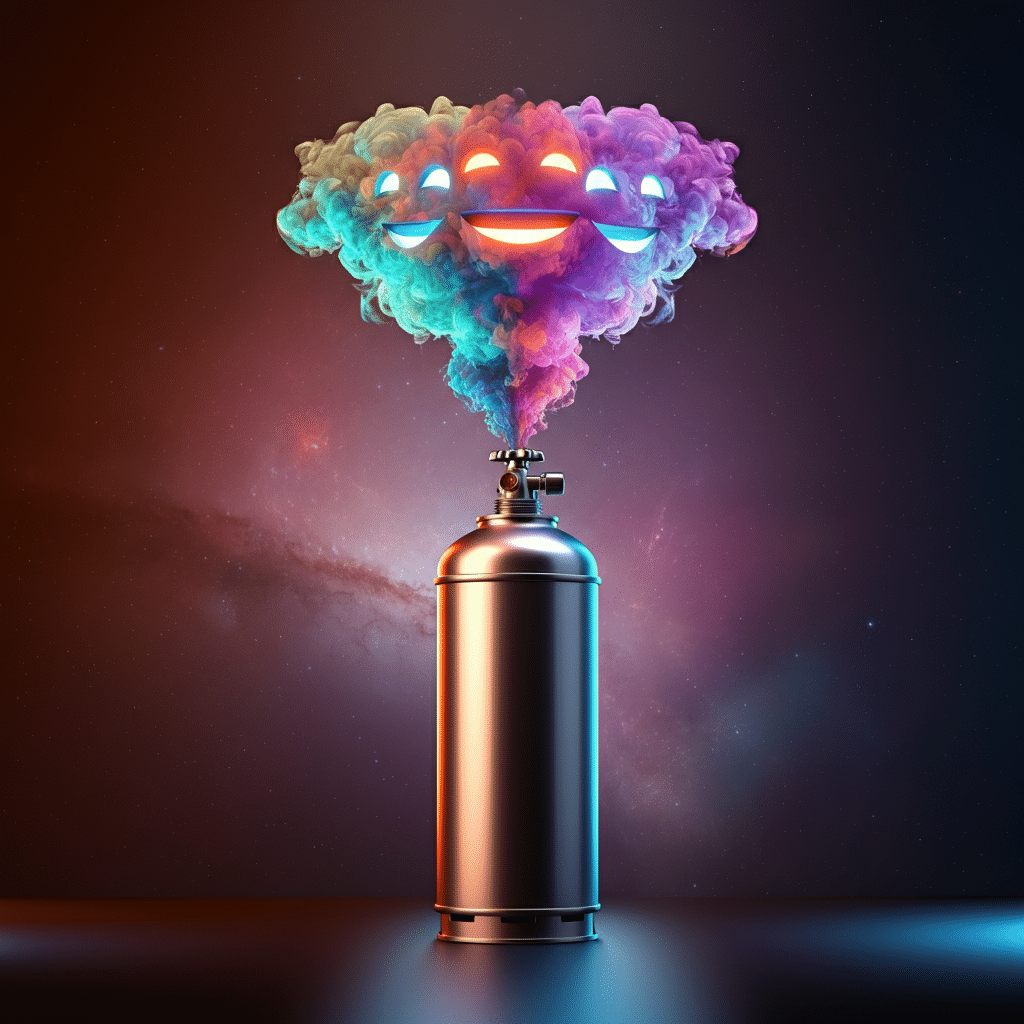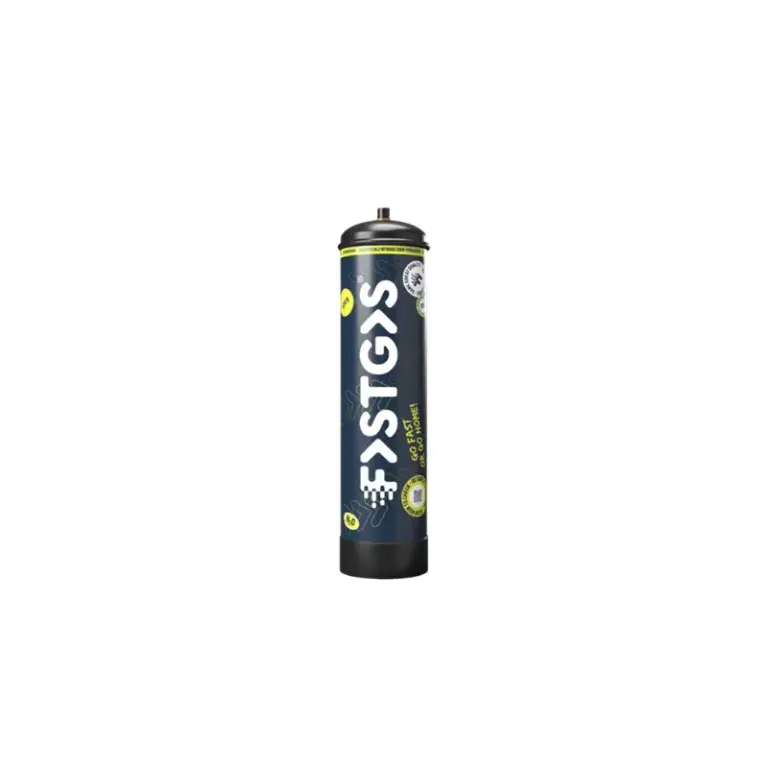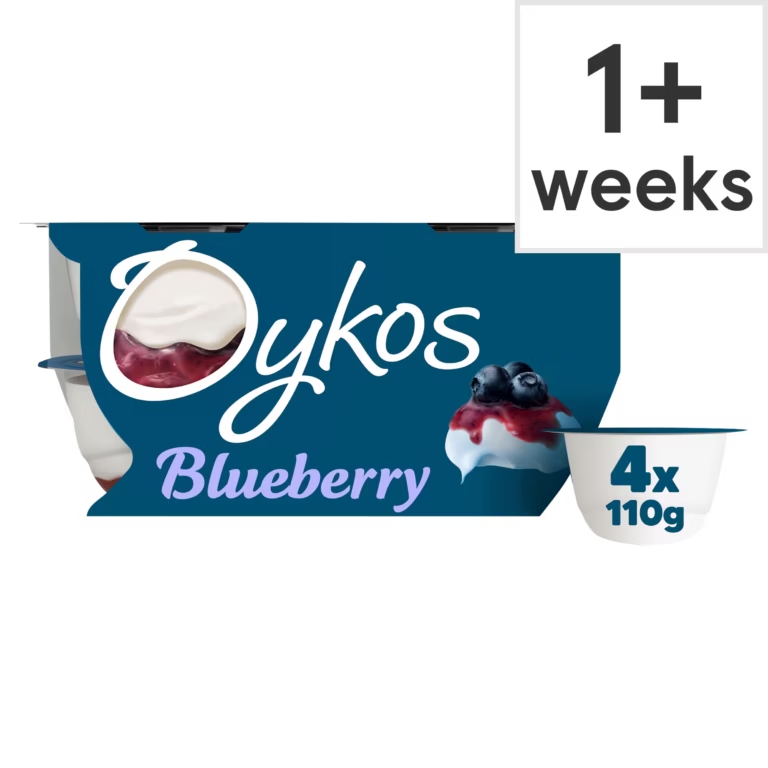Overview: What is So Funny About Laughing Gas?
Picture this: you’re sitting nervously in a dental practitioner’s chair, white knuckles clutching the armrests. The associate delicately places a small cover-up over your nostrils and also tells you to take it in. Seconds later on, the worry melts away, as well as unexpectedly, every little thing is amusing.
You’ve merely met giggling gas– formally called nitrous oxide.
The nickname “having a good laugh gas” suggests unmanageable laughs as well as euphoric joy, yet does it truly make you laugh? Or is that just an appealing label that adhered in time?
In this post, our experts are diving deeper right into the scientific research, background, and real-life experiences bordering nitrous oxide. You’ll know what it performs to your physical body and brain, why it is actually utilized in clinical settings, as well as whether the laughs are actually reality or even fiction. Our company will also bust typical misconceptions as well as address your most-asked questions concerning this mystical gas.
Permit’s clarify (wordplay aimed) as well as find out what’s really taking place responsible for the giggling.
1. What Is Laughing Gas?
Nitrous oxide (N2O) is actually a colorless, odorless gas that’s been used for centuries, of course, centuries as a moderate barbiturate and also a local anesthetic. First uncovered in 1772 through British chemist Joseph Priestley, it had not been long before folks discovered it possessed some strange as well as remarkable effects on the mind and body.
In the 1800s, laughing gas became a kind of home entertainment at “laughing gas parties,” where people would inhale it recreationally as well as burst right into giggling or display screen peculiar habits. At some point, doctors recognized its ability in dentistry as well as surgical operation, as well as it came to be a risk-free as well as efficient device for stress comfort as well as light sedation.
Today, nitrous oxide is commonly used by dental practitioners, midwiferies, and even paramedics to assist clients in kicking back and managing aches without losing consciousness.
But what’s taking place inside your body system when you inhale it?

2. The Science Behind the Laughs: How Nitrous Oxide Affects the Brain
Let’s simplify.
When you take in nitrous oxide, it enters your bloodstream with your lungs and also trips to your human brain. Certainly, there, it interacts with natural chemicals– chemical carriers that control the state of mind, assumption, and feeling.
Specifically, nitrous oxide:
- Reduces glutamate (a natural chemical connected to anxiety and distress).
- Enriches GABA motion, which relaxes brain activity.
- Activates the release of dopamine, the “feel-good” hormone.
- This mixture produces a stable of results:
- Light-headedness.
- A feeling of drifting.
- Prickling in the limbs.
- Bliss.
- Chuckling (sometimes).
So yes – laughing gas may make you laugh, but it doesn’t guarantee chuckles. The experience varies from person to person. Some individuals feel friendly and also woozy, others feel tranquil and fanciful, and a couple may laugh frantically.
It’s all about how your special brain’s chemical makeup responds to the gas.
3. Why Is It Called Laughing Gas? (And Do You Have to Laugh?).
The phrase “laughing gas” was coined in the 18th century in the course of public demonstrations of nitrous oxide’s effects. Observers would breathe in the gas and, after that, stumble all around, giggle, or even rupture into hysterical giggling– frequently to the pleasure of the group.
Yet listed here’s the catch: certainly not every person laughs. Lots of folks just experience kicked back, a little numb, or even detached from their surroundings.
Thus, why does the name continue to persist?
Considering that when it does create giggling, it is actually extremely memorable. The contrast between stress and anxiety before a clinical method, as well as abrupt carefree euphoria, is what makes the experience so striking. Even when you do not laugh aloud, you’ll likely feel a feeling of enjoyment or well-being.
In other words, Chuckling Gas obtained its title due to the fact that it may make you laugh– however, it doesn’t constantly.
4. Is Laughing Gas Safe? What You Should Know Before You Try It.
Among the greatest causes nitrous oxide is therefore largely used is its exceptional safety profile. Unlike stronger barbiturates or basic anesthesia, having a good laugh gas:
- Takes effect promptly (within moments).
- Disappears within moments after quitting.
- Does not call for needles or IVs.
- Permits you to remain wide awake and also responsive.
That is actually why it’s a favored selection in oral workplaces and also in the workforce. It is best for folks who experience stress and anxiety yet would like to stay clear of more powerful medicines.
Of course, like any medicine, it’s not completely safe.
Feasible adverse effects include:
- Vertigo.
- Queasiness.
- Frustration.
- Fatigue after usage.
Who should avoid it?
- Pregnant individuals are in the initial trimester.
- Folks with B12 insufficiency or even severe respiratory system concerns.
- Those, along with a history of substance abuse.
Consistently allow your clinical service provider to know your health and wellness background before making use of nitrous oxide.

5. Real-Life Stories: What People Say About Laughing Gas.
To offer you a much better feeling of what to expect, listed below are a handful of real-life explanations coming from individuals who experienced having a good laugh gas:
” It believed that my limbs were actually floating, and also I couldn’t cease laughing. I understood where I was actually, but everything seemed silly.”.
— Michelle, 27, after understanding tooth extraction.
” Honestly, I didn’t laugh, yet I felt entirely restful. It resembled enjoying my anxiousness drift away.”.
— James, 35, in the course of a dental cleaning.
” It was odd– I thought that I was fantasizing with my eyes open. Whatever was alright, and also I had not been terrified anymore.”.
— Priya, 21, just before a slight surgical treatment.
As you can find, take-ins differ. The popular string? Many people disclose really feeling relaxed and calm, as well as a little disconnected coming from tension or discomfort.
FAQs About Laughing Gas.
1. Does every person laugh when they make use of giggling gas?
No, certainly not everybody laughs. Some individuals perform, specifically in small doses, but others feel loosened up or even blissful with no outside entertainment.
2. Is chuckling gas the same as anesthesia?
Almost. Having a good laugh gas delivers conscious sleep or sedation, indicating you’re wide awake yet unwinded. General anesthesia puts you completely to rest and is considerably stronger.
3. For how long do the effects of chuckling gas final?
The results normally pitch in within 1- 2 moments as well as wear away within 5 minutes after the disguise is elremovedYou may frequently go back to your typical tasks later.
4. Can youngsters make use of chuckling gas?
Yes, giggling gas is commonly used for pediatric dental operations. It is looked at as secure for kids when carried out through competent professionals.
5. Can I drive after using a good laughing gas?
Generally, yes– after about 15- 30 minutes of recovery time. Yet, constantly observe your dental professional or even your physician’s guidance. Some people might feel lightheaded subsequently and require even more time.
Does Laughing Gas Make You Laugh?
The response is both certainly as well as no.
Laughing gas– aka nitrous oxide– may make you laugh, yet not consistently. It is actually more exact to state it creates a condition of calm, exhilaration, and disinhibition, which might trigger giggling in some folks. For others, it is merely an appreciated wave of peace and convenience.
Whether you chuckle, float, or even take a deep-seated breathing spell and rest, something’s without a doubt: laughing gas has made its place as a safe, fast-acting, as well as reliable resource in contemporary medicine.
For affordable and reliable group transportation across the UK, consider booking with Low Cost Coach Hire. They specialize in cost-effective coach hire solutions for weddings, corporate events, and school trips, offering modern vehicles and professional drivers to ensure a comfortable journey.













